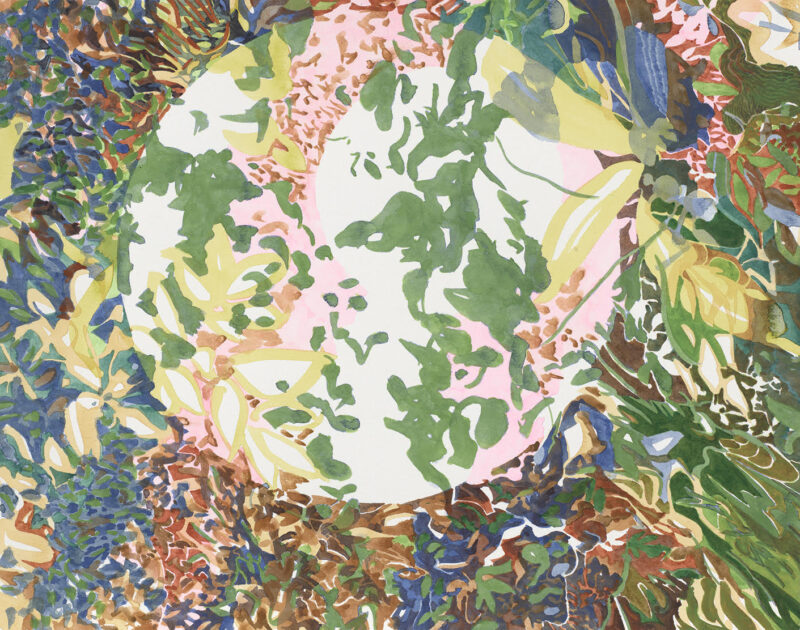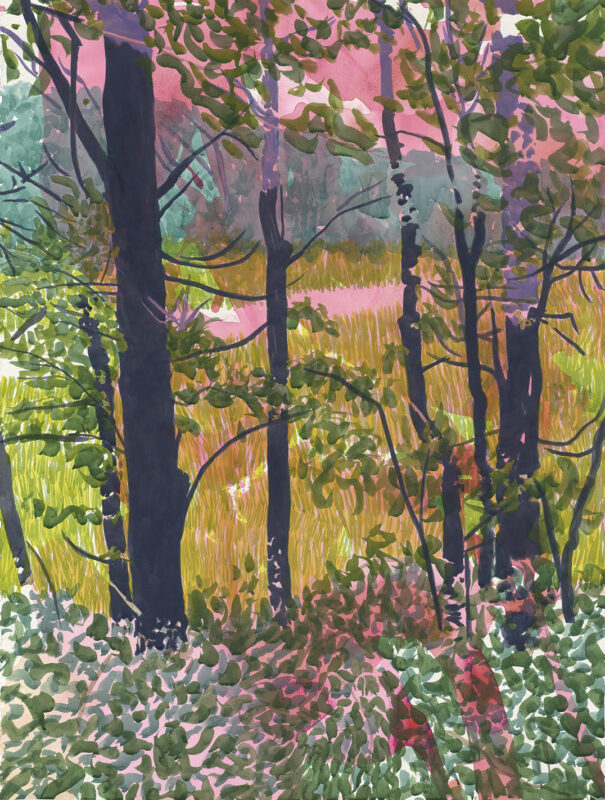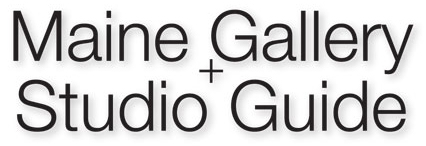
LA Arts is excited to announce the upcoming exhibition of new and recent works by Boston-based artist Michele Lauriat, which will run June 28 to Aug. 18. Lauriat received a BFA from the School of the Museum of Fine Arts, Boston and a MFA in Studio Art from the University of Massachusetts, Amherst. She has exhibited extensively throughout New England and her work is displayed in public, private and corporate collections.
An opening reception will be held from 5 to 7 p.m. June 30. An artist reception will be held at 5 p.m. July 14, with a gallery talk following at 6 p.m.
By utilizing the techniques of Persian miniature style painting and layering small repetitive marks to build images, Lauriat creates mesmerizing landscapes alive with color, pattern, and geometric order. With a close personal connection to the Maine landscape, her exhibition at LA Arts will feature works inspired by the Rachel Carson National Wildlife Refuge in Wells, Maine.
Learn more about the artist at www.michelelauriat.com and www.instagram.com/michele_lauriat.
LA Arts Gallery is at 168 Lisbon St., Lewiston.

ARTIST STATEMENT
I make large colorful drawings based on landscapes that seem iconic and timeless. My process begins with observations, drawings, and photos made on site, and continues when I bring those elements into my studio. While in a landscape I look for patterns of all scale — repeating blades of grass, branches that share a direction or bend, or a sense of geometric order in an area of erosion. These repetitions that I find in nature are also found in a great deal of art, music, and design. Patterns hold the stories of our lives together too; they give us an anchor, a roadmap, and momentum. If we do not step outside our patterns every once in a while, however, we can be devastated by an unexpected disruption. Therefore in my search for repetition, I also look for places where patterns fall apart or overwhelm themselves and become chaotic or distorted — or simply end.
In creating my drawings I begin with an awareness of where the paper will remain white, a common starting point for watercolors in the western tradition. I am often heavy handed in doing this, which results in drawings that emphasize the surface. Two recent drawings do this in very different ways. Both pieces are from a series of drawings of Acadia National Park. One is vertical and looks out from the top of Cadillac Mountain onto the Porcupine Islands. In making this drawing I began by projecting a cut paper pattern onto the surface to block out the area that was to remain white. The result is a dramatic white geometric pattern that cuts through the blue sky and into the top of the landscape. About 65% of this image is the white of the paper. The other drawing, a view of birch trees on the Bubble Trail, is rather dense. The composition looks uphill at a boulder that seems to be pushing on some birch trees, causing them to curve/grow around it. The boulder is near the center of the composition and aside from a few contour marks, remains primarily the white of the paper. Thus the object that has the most impactful physical presence negates that presence by pointing the viewer back to the paper.
Another tradition I lean on in my drawings is Persian miniature style painting. I was fortunate enough to take a course as an undergraduate with Ambreen Butt, an artist who trained as a miniaturist in Pakistan before getting her MFA at Mass. College of Art in Boston. Ambreen modified the miniature process by mixing acrylic media into her watercolors, which allows for layering. I have borrowed this technique, mixing acrylic media into gouache when I paint. I have also borrowed the technique of layering tiny marks to build an image, and the ambition of making the tiniest marks possible, from the miniature tradition.
My small repetitive marks also reference the accumulative labor of knitting, weaving, crochet, and other methods of making that have historically been associated with female makers. In my youth I engaged in many of these accumulative labors with guidance from my mother, grandmother, and groups like the Girl Scouts of America. Creating an image by repeating small gestures over and over again often becomes meditative. When spending several hours making tiny marks, you can’t help but notice what your mind is obsessing about — and I often find noticing my obsession gives me the perspective I need to dismiss it. The act of creating a physical pattern gives me an opportunity to notice and end disruptive mental patterns.
I work in an open-ended series and all of my drawings are untitled. I think of each drawing as a drop in the bucket when it comes to describing the place they represent. Nature is overwhelming to draw when you are in it. We can never nail down all of the details or data points of a place as they change too quickly. The accumulation of my untitled drawings in an open-ended series is a nod to our inability to truly know a place or predict how its patterns will change.
Categories: Artists Reception, exhibitions, gallery, Lewiston, openings, shows

